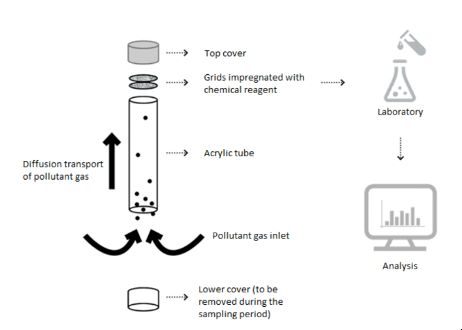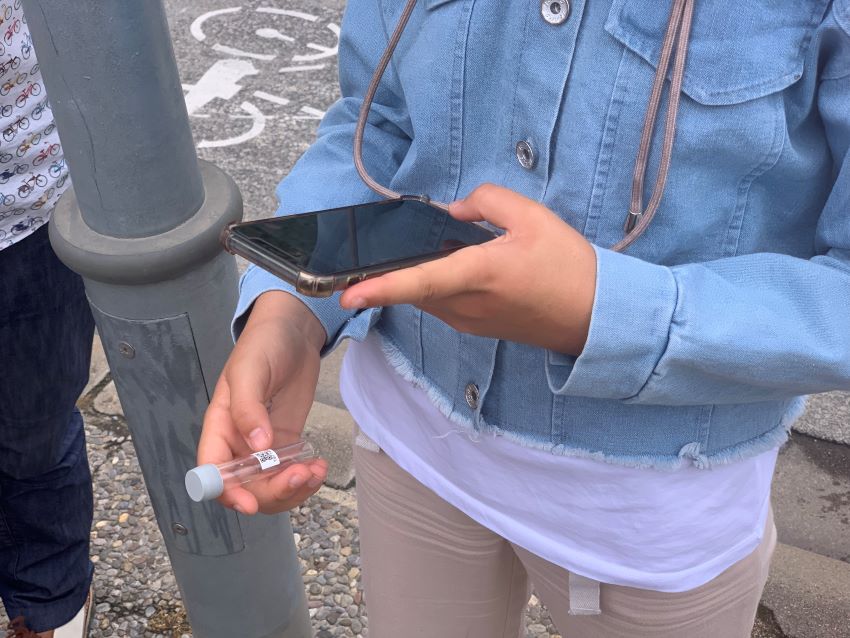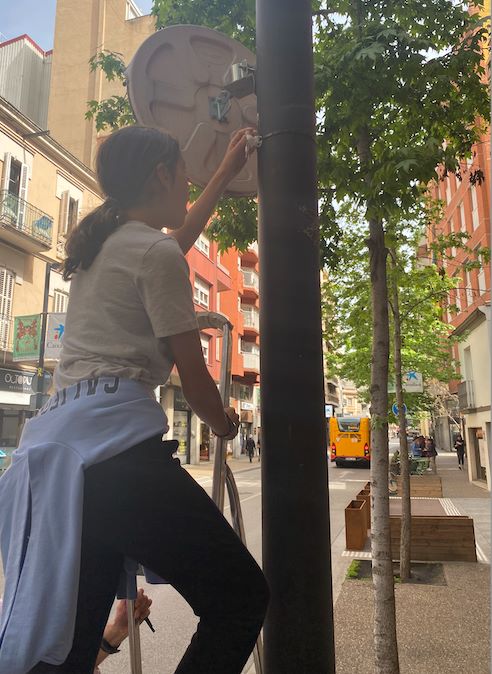CleanAir@School
Air pollution and its impact on air quality is a significant environmental issue, as it can adversely affect both the environment and human health, particularly children who are more vulnerable. Road traffic is the primary source of air pollutant emissions in most cities.
CleanAir@School serves as an educational resource to enhance students’ understanding of air pollution and its effects on health. Additionally, it aims to raise awareness and determine if this knowledge can influence students to modify their behavioral guidelines, particularly related to mobility.

The activity seeks to engage the entire educational community, including teachers, students, and parents, in understanding the quality of the air that we breathe. Participants will gain knowledge about their potential exposure to nitrogen dioxide (NO2) and the effects of air pollution on health. By raising awareness of the issue of air pollution, we hope to encourage changes in behavior and promote alternative modes of transport that do not contribute to air pollution (or contribute less), such as public transport, walking, or cycling.
How it works:
CleanAir@Schools will use sensors called passive samplers. These sensors absorb NO2 from the surrounding air without requiring any power source, making them simple to deploy and use.
As part of the project, several locations will be set up to monitor air quality in various areas. These include the main entrance of the school, indoor areas (such as classrooms), playground areas, traffic locations near the school, and sites away traffic.

To streamline the project, a dedicated web interface is accessible to teachers to specify the various locations where air quality measurements will be taken. Once the locations are defined, students who will be responsible for placing the sensors can use a dedicated mobile app to collect metadata, pinpoint the precise location of each sensor, and take pictures of each location.
The sensors will be collected after four weeks to be analysed by an accredited laboratory. The results will help teachers and students to understand the impact on air quality. This will be an initial step to propose a behavioral change to reduce air pollution.

